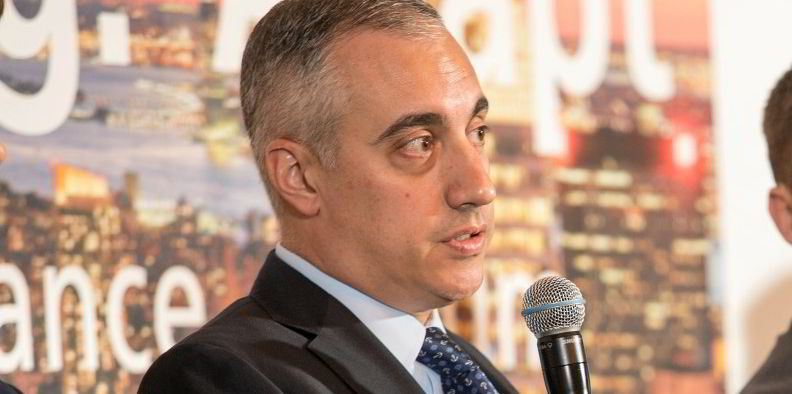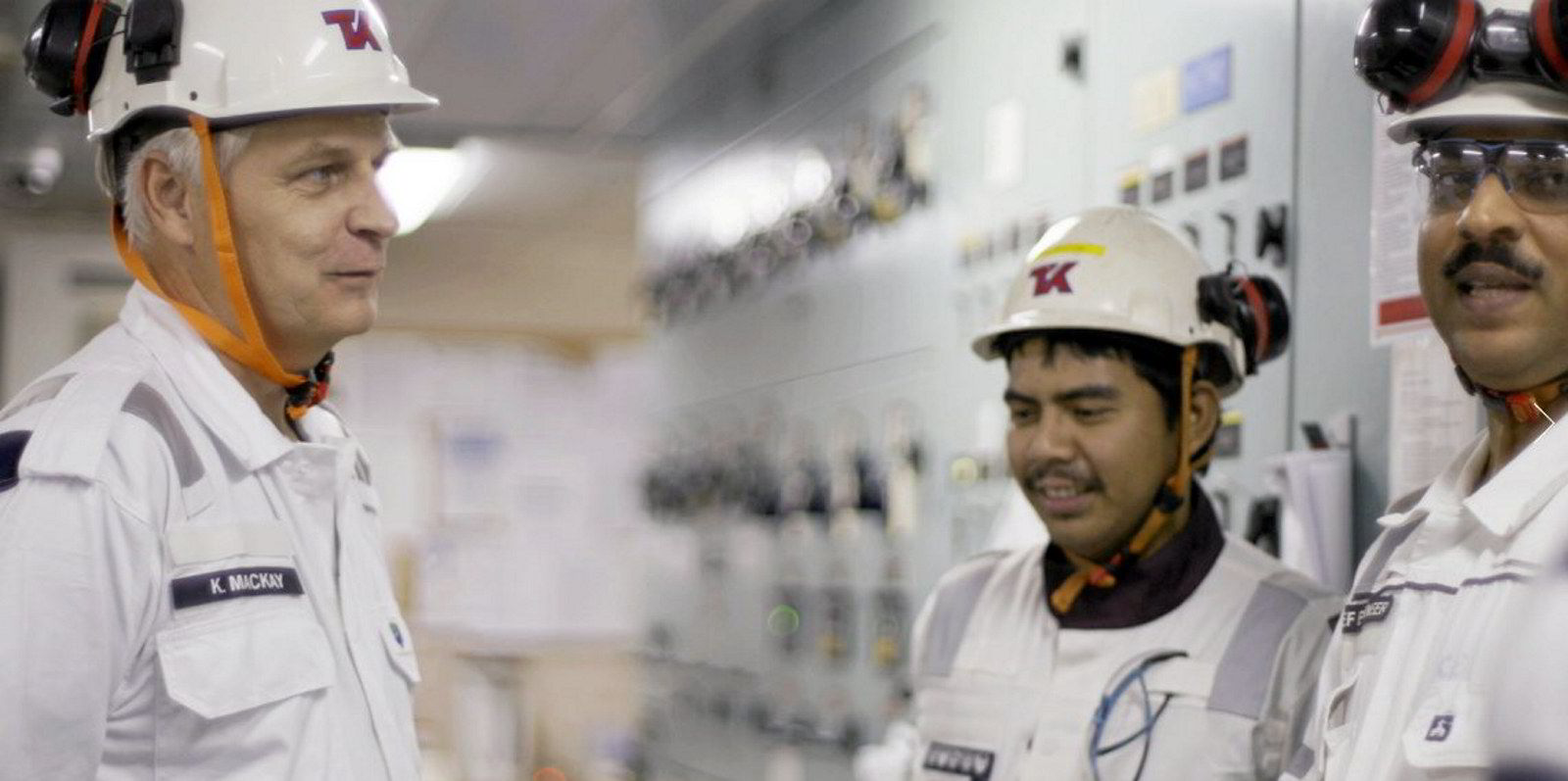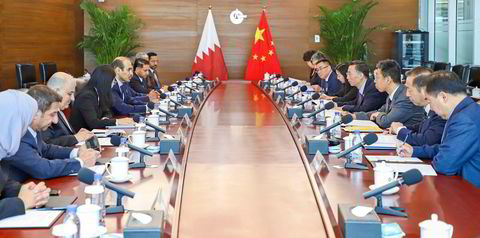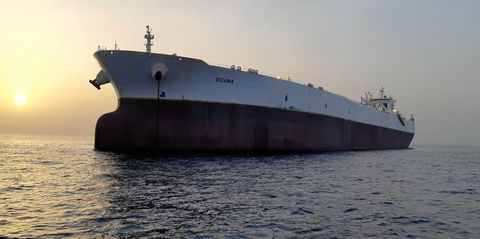A rare spat between bank equity analysts has erupted over Teekay Tankers’ earnings.
The rift emerged after Teekay shares fell 7% in New York on 22 February in the hours after the diversified tanker owner reported nearly $100m in net income from a robust fourth quarter of 2023.
The resulting profit of $2.88 per share came in $0.02 better than the estimate of Evercore ISI analyst Jonathan Chappell, who remarked in a client note that it was also in line with the forecasts of other US-based researchers.
But Chappell didn’t stop there.
“The headlines point to a large miss relative to ‘consensus’ owing to the inclusion of two incredibly stale (and, frankly, absurd) estimates in the Street average, which we believe is mainly behind the 7+% sell-off in the stock today,” he told clients.
The veteran researcher did not specify which “absurd” estimates he was referencing, so Streetwise inquired further.
Chappell told us he was talking about research from Norwegian finance houses Pareto Securities and Cleaves Securities, which both predicted net income of $3.70 per share.
Those high estimates had the effect of lifting consensus by $0.45 per share, and “created a very messy result and reaction, unnecessarily”, he added.
As one might imagine, Chappell’s view of the situation isn’t exactly being received warmly in Oslo.
Pareto analyst Eirik Haavaldsen tossed Chappell’s words right back at him.
“The only thing absurd here is to actually believe that [Teekay Tankers] lost ~$150m of market cap because of a ~$18m Q4 net profit miss, that had absolutely no implications on 2024 estimates,” Haavaldsen said in a message to Streetwise.
“Teekay was slaughtered by the market because of poor capital allocation signals — and unconvincing statements on that topic at their conference call. We have seen time and time again that this is what matters at the moment, and companies that do not deliver are trading at massive discounts.”
Haavaldsen’s point about capital allocation — Teekay management is widely seen as hoarding cash rather than returning it to investors — is an important one, and we’ll get back to it. It’s also a point on which he appears to have some common ground with Chappell.
But first there is also a response from Cleaves researcher Peter Michael Christensen, who took pains to explain how the bank arrived at the earnings estimate that Chappell found so wildly off the mark.
Christensen said Cleaves formed its earnings estimate using a model that incorporates guidance and company-adjusted benchmark rates for the tonnage classes Teekay operates.
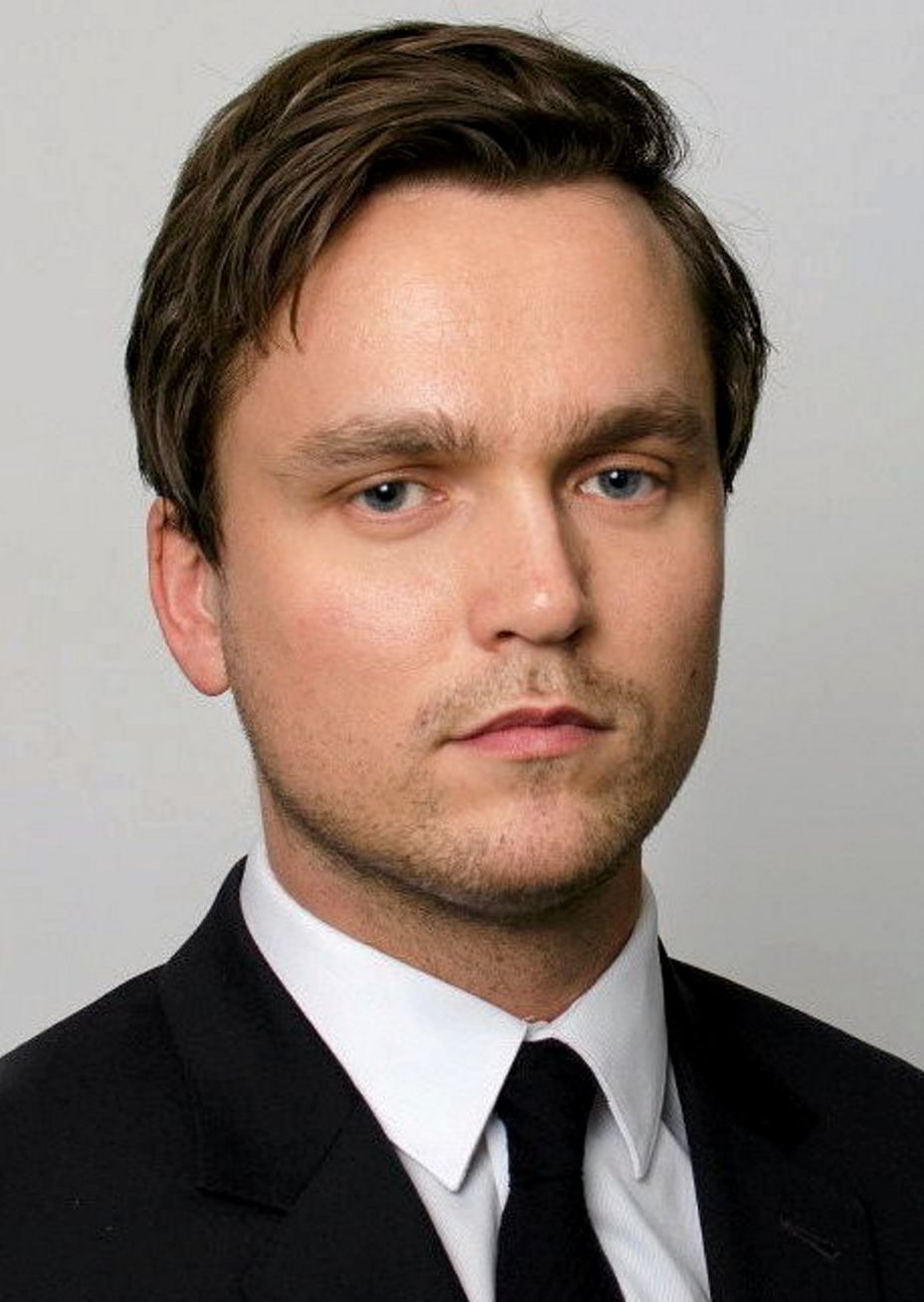
For the first three quarters of the year, Teekay achieved 98% of the benchmark rates in the key suezmax and aframax/LR2 categories. But in the fourth quarter, it captured only 80% of the suezmax benchmark and 93% of the aframax figure.
Teekay chief executive Kevin Mackay acknowledged the shortfall on the earnings call, citing fleet positioning issues.
“TNK’s performance in the fourth quarter was hampered slightly by some of our positioning at the end of Q3 with our suezmax fleet, where we bunch up some ships and ended up having to take rates that were significantly lower at the back end of the third quarter than what we’ve seen since then,” Mackay said.
Regarding Teekay’s fall in share price, Christensen said most tanker peers in crude and clean products also suffered a dip on the week, “so I’m not sure I agree on the notion that TNK sold off solely for the reason outlined”.
Still, compared with close tanker peers, Teekay’s drop of 7% over 22 and 23 February was significant. Only Nordic American Tankers fared worse, losing nearly 10%. Frontline, Scorpio Tankers and DHT Holdings all fell by less than 1%. International Seaways logged a small gain.
What turned off investors? We’re prepared to give some credence to Haavaldsen’s point on capital allocation. Indeed, it’s something that Chappell also acknowledged in his research note on Teekay.
Teekay’s liquidity approached one-third of its market capitalisation, he noted. By simply maintaining its $0.25 quarterly dividend, the owner is paying a yield of less than 2% — a low for the peer group. Teekay trades at a 35% discount to Evercore ISI’s projected year-end net asset value.
“It is hard to envision a full narrowing of the valuation gap until there is a clearer path forward on how the board plans to utilise a massive cash buffer in the coming quarters,” Chappell wrote.
The topic was still on his mind this week as he penned his weekly shipping note. He called capital allocation “a bit of a lightning rod”.

Chappell noted the division between two camps: the investor looking for generous dividends in a peak market; and management looking to preserve cash ahead of the inevitable market downturn.
“The stocks with the highest dividend yields within our coverage trade closest to and even above our NAV forecasts, while those with fixed quarterly payouts and lower yields trade at the largest NAV discounts,” he wrote.
“We aren’t opining on which capital allocation path is best, as we understand both sides of the argument, but in the seat of an equity analyst it sure does seem that the short-term gratification of relative outperformance is worth the trouble of determining how to navigate that next downturn.”
To that end, equity analysts on both sides of the Atlantic are likely to be even less patient with any lack of clarity from Teekay management on capital returns when the next reporting happens in three months.
